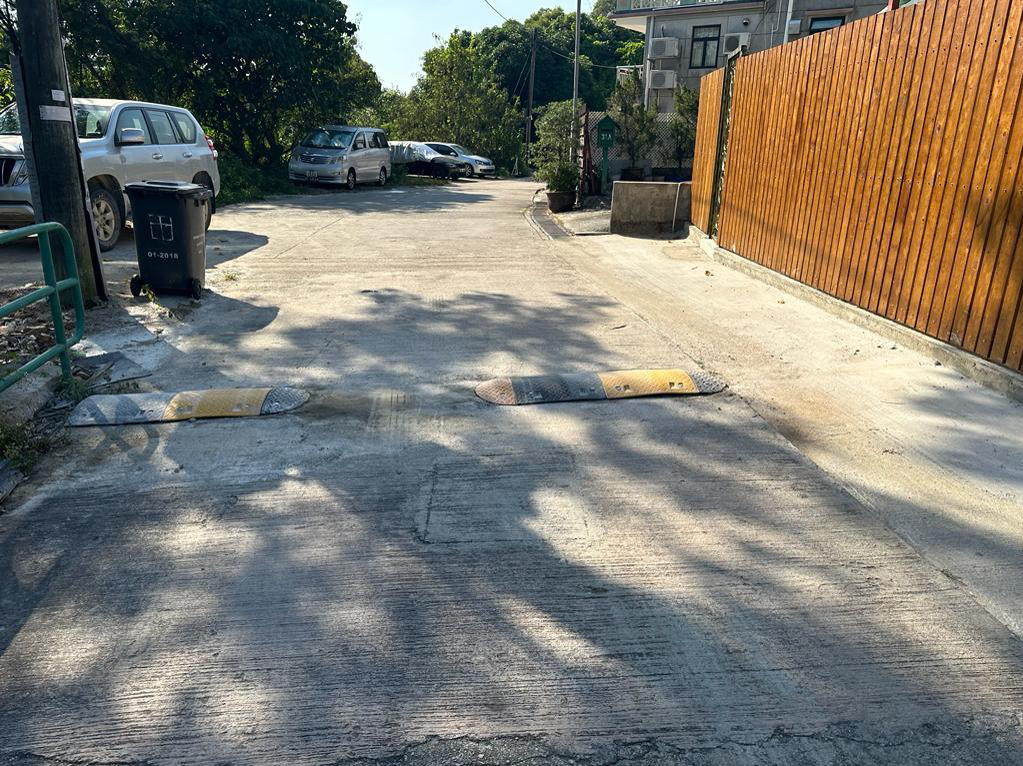
Hong Kong needs to enhance its accessibility with universal design, as population is aging rapidly
Thirty years ago in 1992, the United Nations General Assembly declared 3 December each year as International Day of Persons with Disabilities (IDPD). The annual observance aims to promote understanding of disability-related issues and mobilise support for the dignity, rights and wellbeing of persons with disabilities (PWDs). This year marks the 30th anniversary of IDPD. In the run-up to this special occasion, EOC Chairperson Mr Ricky CHU Man-kin released an article in the online news portal HK01 to highlight the challenges faced by PWDs in everyday life and call for greater support in building a barrier-free environment for all.
Citing the difficulties experienced by PWDs in navigating around Hong Kong, Mr Chu said that our city is far from barrier-free. From a lack of automatic doors and ramps to drop kerbs and breaks in tactile paving, there is a myriad of obstacles for PWDs to overcome when getting around. While the Design Manual: Barrier Free Access 2008 (DM) issued by the Buildings Department provides guidelines on accessibility of the built environment of both public and private buildings, there are a number of limitations of the DM. First, it was last revised in 2008 and is in dire need of an update. Second, older buildings constructed before 2008 are exempt from the DM unless they undergo major reconstruction. Third, some of the suggestions for best practices in the DM are only optional rather than obligatory. All these explain why many buildings and facilities in Hong Kong remain inaccessible.
The EOC has been handling complaints about inaccessibility of premises over the years. Under the Disability Discrimination Ordinance (DDO), it is unlawful to discriminate against PWDs in relation to the provision of means of access to a premise. One recent case was filed by a resident from a village in the New Territories on behalf of his elderly mother. According to the complainant, his mother, a wheelchair user, had been using the village road to visit him from time to time. In recent years, a number of road humps were built across the full width of the road. The uneven height made it extremely difficult and dangerous for wheelchairs to pass through. Upon receiving the complaint, the EOC liaised with both the Home Affairs Department and Lands Department and instigated joint effort by the departments to remove the non-standard road humps and install new ones to facilitate access by wheelchair users. The works had already been completed in October 2022.
This case is one of many accessibility problems lying across the rural and urban parts of Hong Kong, which remain to be fully tackled. In its submission to the Government in response to the 2022 Policy Address public consultation, the EOC expressed grave concerns about the accessibility of the built environment to facilitate independent access of all people, including but not limited to PWDs, elderly, pregnant women and families with young children.
The EOC believes that the Government should update the DM, taking into account the latest trend, such as increasing number of powered wheelchair users, and technological advancement. Indeed, the Government should start developing an all-in-one DM on Universal Accessibility for practitioners, developers and business owners who want to implement better design in practice but lack the technical expertise. The merit of universal design is that it can cater to the diverse needs of different vulnerable groups, and serve all communities from the very beginning of their conception, instead of resorting to retrofitting works after completion.
As Mr Chu puts it, “Hong Kong needs to be barrier-free, not just for people with disabilities, but also for everyone. We should aim to create an environment that addresses people of all needs and ages, including people with strollers, pregnant women and the elderly. Only by doing so can we ensure everyone’s full and effective participation in society on an equal basis.”

